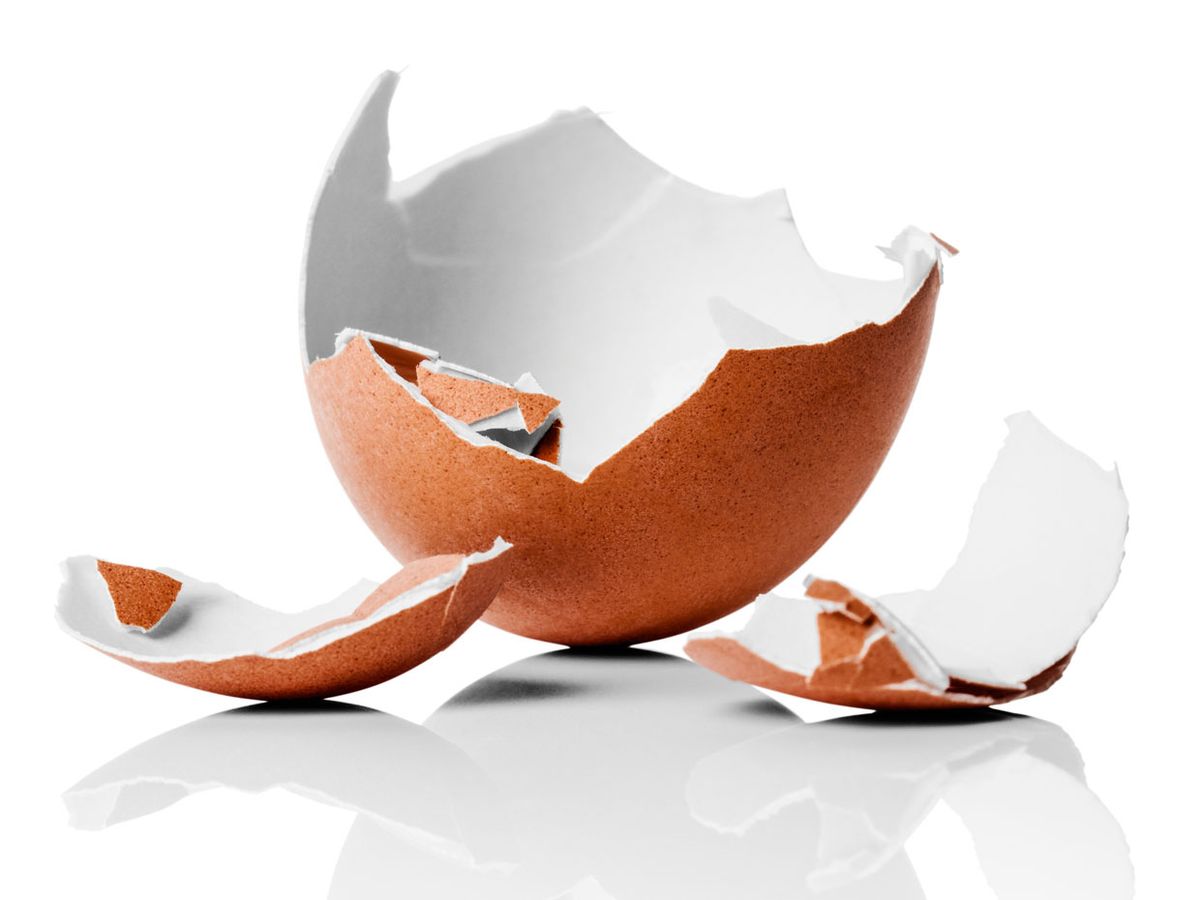7 December 2012—Owners of electric cars may soon be driving on eggshells, if David Mitlin has anything to say about it.
Mitlin, a professor of chemical and materials engineering at the University of Alberta, in Edmonton, Canada, is working on a way to turn waste eggshell membranes and egg whites into materials for high-performance supercapacitors. Supercapacitors offer high power density, charging and discharging far faster than rechargeable batteries. Unfortunately, they store much less energy. Mitlin thinks the membranes inside eggshells could help crack that problem.
“If you could keep the very nice power of a supercap but extend the energy density even to be that of a mediocre lithium-ion battery, you’d really enable the applications world in the automotive sector and in consumer products,” Mitlin told attendees at the Materials Research Society’s Fall Meeting in Boston last week.
Supercapacitors are electrochemical devices that store a double layer of charge on activated carbon as electrodes. Mitlin and postdoctoral fellow Zhi Li propose replacing the activated carbon with eggshell membranes from certain industrial chicken farms. These farms provide eggs yolks for the production of medicine and cosmetics but discard the shells.
Mitlin and Li start by heating the shells to 800 °C. They then activate the material by heating it to 300 °C in air for two hours. “You take the membranes and transform them into this almost construction-paper-looking thing,” says Mitlin. The carbonized membranes retain their porous structure, providing plenty of surface area on which to hold an electrical charge. And their relatively high nitrogen content—about 8 percent after processing—leads to capacitance that isn’t just chicken feed, though scientists are unsure why this happens. Mitlin measured a capacitance of approximately 300 farads per gram in the eggshell supercapacitors, about 100 times as much as those that used activated carbon. The material retained 97 percent of its efficiency even after 10 000 charge-discharge cycles in an acidic electrolyte.
But Mitlin didn’t just stop at the shell. He also used carbon from the egg whites to create a porous material that he used as the anode in a lithium-ion battery. He wouldn’t go into detail about the production process, but he says the anodes showed a capacity of 1800 milliamp hours per gram. “As far as we know, it’s the highest ever reported reversible capacity for carbon,” he says.
Mitlin and his colleagues are founding a start-up company, to be named Altacap, to look into commercializing the technology. “We’re trying to figure out the target market to go after,” he says. “The obvious one is automotive.” The power density of supercapacitors could significantly shorten the time for recharging electric vehicles, which now takes several hours.
One challenge of competing commercially is that activated carbon is already very cheap. But Mitlin says the egg-based approach could compete on performance. For example, the carbonized shells work well with a water-based electrolyte, allowing the replacement of the usual polymer electrolytes, which can be more costly and potentially toxic.
The membrane material also meets one of the goals of Canada’s clean-energy initiative, which seeks to use biowaste to produce energy. He says that industry produces hundreds of tons of eggshells, and the supply of egg whites is virtually unlimited. Because the pharmaceutical industry generally uses the yolks, he hasn’t explored potential uses for that part of the egg. But if the shells and the whites turn out to be as useful as he hopes, Mitlin’s technology could be a real chicken coup.
About the Author
Neil Savage is a master of cramming poultry references into his writing. Based in Lowell, Mass., he also writes about strange semiconductors and unusual optoelectronics. In August 2012, he reported on a nanowire mesh that links living cells and electronics.
